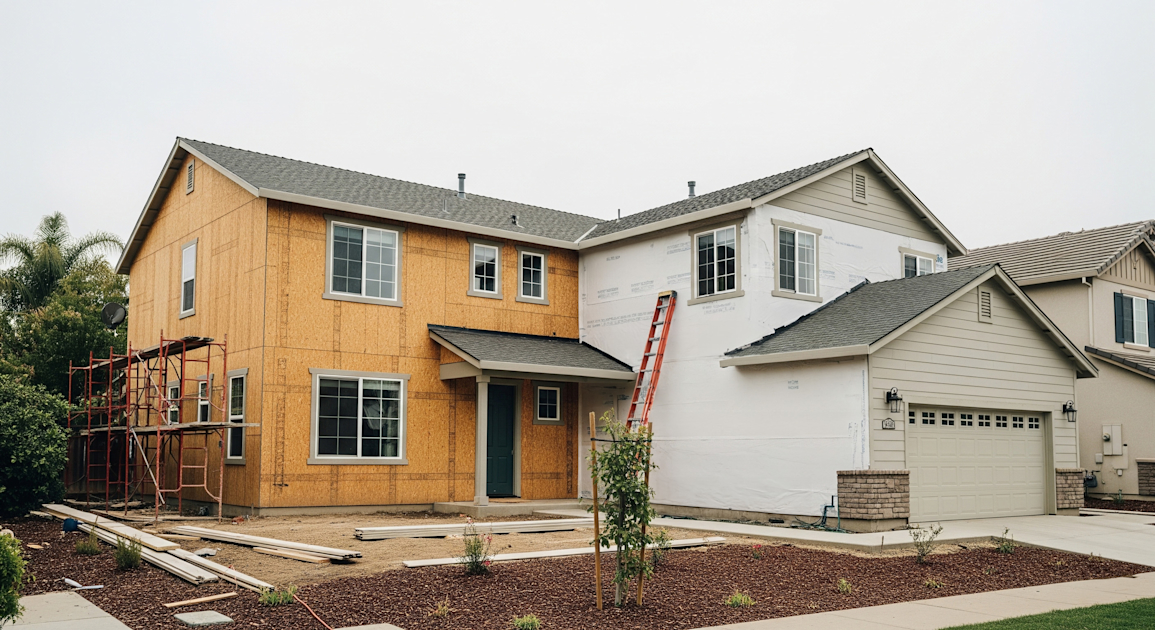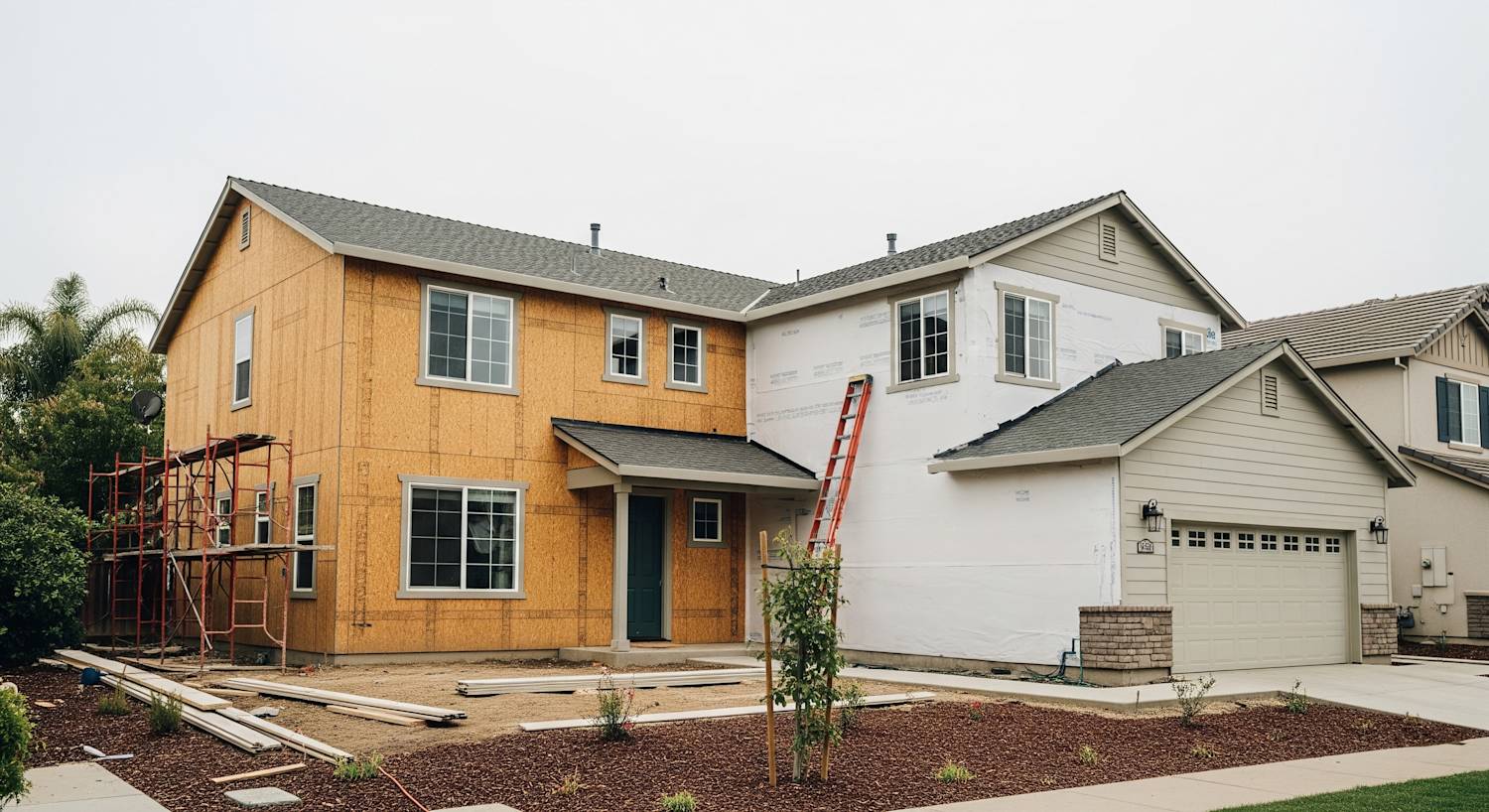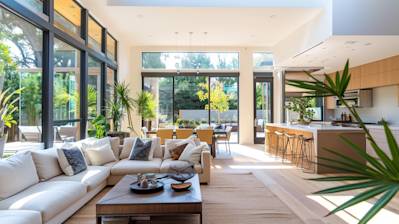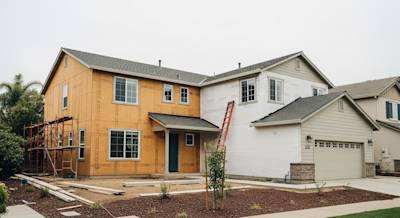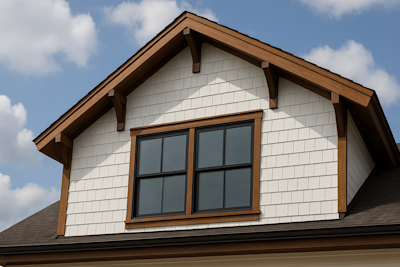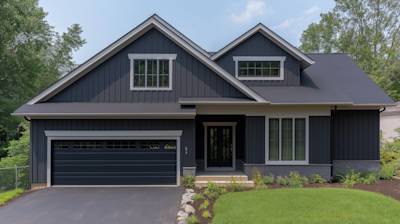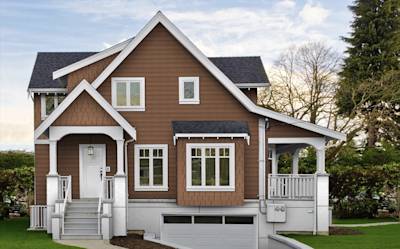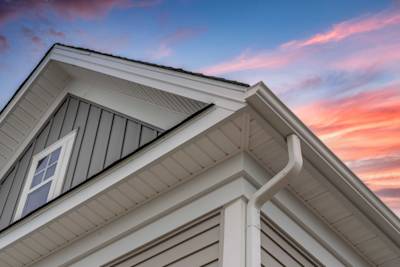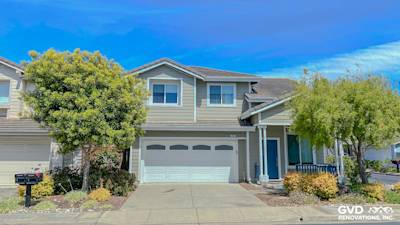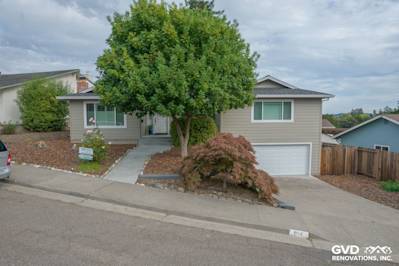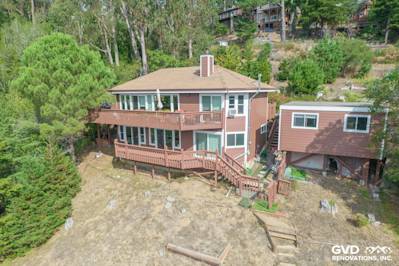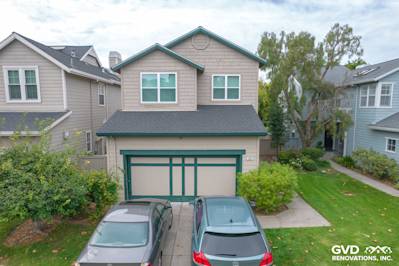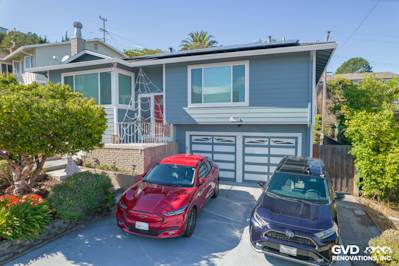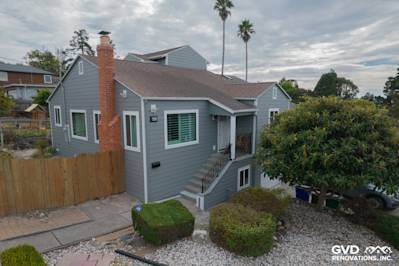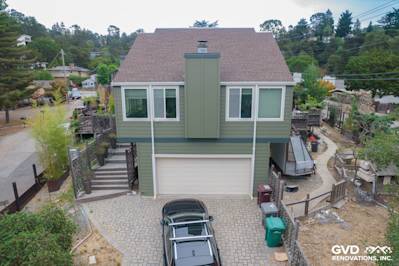OSB (Oriented Strand Board) sheathing is an engineered wood-based panel product that offers exceptional strength and versatility. This essential construction material is used mainly for roofing, walls, and flooring applications. Let's dive into the world of OSB sheathing and why it is cherished in the construction industry.
What is OSB Sheathing?
OSB sheathing or oriented strand board is a type of engineered wood. It is made by compressing and binding strands of wood with adhesives into a robust, rigid board. This manufacturing process contributes to its distinctive uniform structure, creating an advantageous performance profile that’s highly desirable in construction.
OSB's tensile strength makes it suitable for load-bearing applications. Its affordability and ecological credentials have elevated it to one of the most used materials in construction, surpassing plywood's popularity.
The Manufacturing Process of OSB Sheathing
Here's a brief, step-by-step outline of how OSB sheathing is produced:
- The process starts with smaller and fast-growing trees, chopped into strands.
- These strands are mixed with wax and adhesives.
- The mix is then spread into giant mats, oriented carefully to optimize strength.
- High temperature and intense pressure are used to compress the layers.
- The result is a solid, consistent board.
From these stages, OSB is created. This finished product presents an array of benefits that commercial and residential buildings can take advantage of.
Benefits of Using OSB Sheathing
Here are some noteworthy benefits of using OSB sheathing:
High Tensile Strength: Impressive load-bearing capabilities make it ideal for sheathing walls, roofs, and flooring.
Uniform Structure: Unlike other wood products, you won't find knot holes or core voids in OSB. This uniformity brings consistent performance and ease of installation.
Versatility: Due to its structural integrity, OSB sheathing is versatile and can be used for numerous applications.
Cost-Effective: OSB tends to be less expensive than other wood options without compromising on quality and performance.
Environmental Friendliness: OSB production is resource-efficient since it's made from small, fast-growing trees. This reduces pressure on old-growth forests.
OSB Sheathing Varieties
There are several grades of OSB sheathing, each designed to meet specific requirements. These varieties include:
OSB/1: This is a general-purpose board commonly used in packaging and furniture production.
OSB/2: This grade comes in a dry condition, suitable for load-bearing applications.
OSB/3: This product is meant to withstand humid conditions, perfect for load-bearing applications in high moisture environments.
OSB/4: This heavy-duty grade made to handle demanding load-bearing applications, mainly in humid conditions.
How to Install OSB Sheathing
Proper installation of OSB Sheathing is key to achieving optimal performance. The steps are:
Measure and Cut: Start by measuring your wall, roof, or floor area. Use these measurements to cut your OSB sheathing precisely.
Position the Sheets: Next, position your OSB sheathing onto the wall studs, roof trusses, or floor joists. It's best to start at the bottom and work your way up.
Secure the OSB: Once positioned, nail or screw the boards in place. Ensure they are flush with the studs, trusses, or joists, without any gaps.
OSB Sheathing is a versatile product that provides strength and consistency to your construction project. With the right tools and technique, you can easily install OSB Sheathing and enjoy its long-term durability and performance.
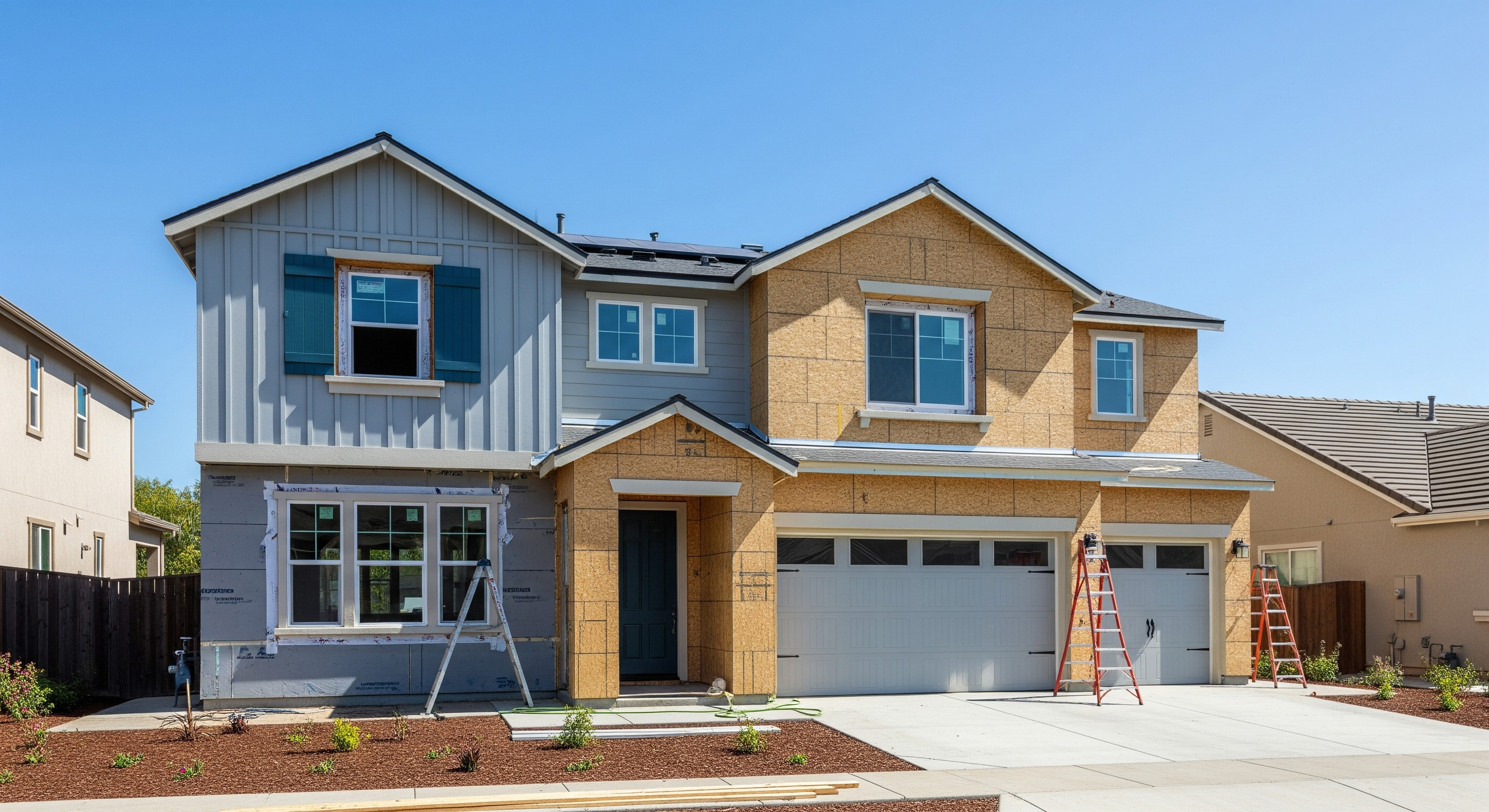
Frequently Asked Questions about Osb Sheathing
What is the Specific Use of OSB Sheathing?
OSB Sheathing is primarily used as a structural material in building construction. Common applications include wall, floor and roof sheathing. This material is well-suited for these applications due to its superior dimensional stability and strength.
Can I Use OSB Sheathing for Exterior Applications?
Yes, you can use OSB sheathing for exterior applications. It provides excellent weather resistance, helping to protect the interior of a structure from the elements. However, it's crucial to use the correct kind of OSB that has been designed for exterior use. These types of OSB have been specially treated to resist moisture, rot, and insects.
How Does OSB Sheathing Compare to Plywood?
While OSB sheathing and plywood are similar in many ways, there are also some differences. Both materials offer good strength and durability for construction applications. OSB is generally cheaper than plywood and offers superior uniformity and dimensional stability. Plywood, on the other hand, tends to have better resistance to severe weather and is often preferred for applications where high moisture resistance is needed.
Can OSB Sheathing be Painted?
Yes, OSB sheathing can be painted. However, it is important to prepare the surface properly before painting it. It is recommended to use a primer first, ensuring that the paint adheres properly and provides great coverage.
How Thick Should OSB Sheathing Be?
The thickness of the OSB sheathing will largely depend on its specific application. For example, wall sheathing typically uses OSB around 7/16 to 1/2 inches thick. On the other hand, for roof and floor sheathing, the thickness usually ranges between 5/8 to 3/4 inches.
Is OSB Sheathing Environmentally Friendly?
OSB is considered more sustainable than other types of wood products because it uses small, fast-growing trees. Moreover, the entire tree, including bark and other scraps, is used in the manufacturing process, reducing waste. Furthermore, the adhesives used in OSB production are becoming increasingly more environmentally friendly.
Can OSB Sheathing get Wet?
While OSB sheathing can tolerate some moisture, it is not intended for prolonged direct exposure to water. If it is continually exposed to water, the panel could swell, causing its outer layers—especially around the edges—to break down over time.
How to Install OSB Sheathing?
Installing OSB sheathing involves measuring and cutting the panel to fit, followed by securing it with nails or screws to the framing of the structure. It’s recommended to keep a small gap between the panels to account for potential expansion.
Can OSB Sheathing be Used for Flooring?
Yes, OSB sheathing can be used as a subfloor material. It provides a sturdy, stable surface for a finished floor to be installed upon. Remember, the thickness may need to be greater than what is used for walls, typically around 3/4 inches for most flooring applications.
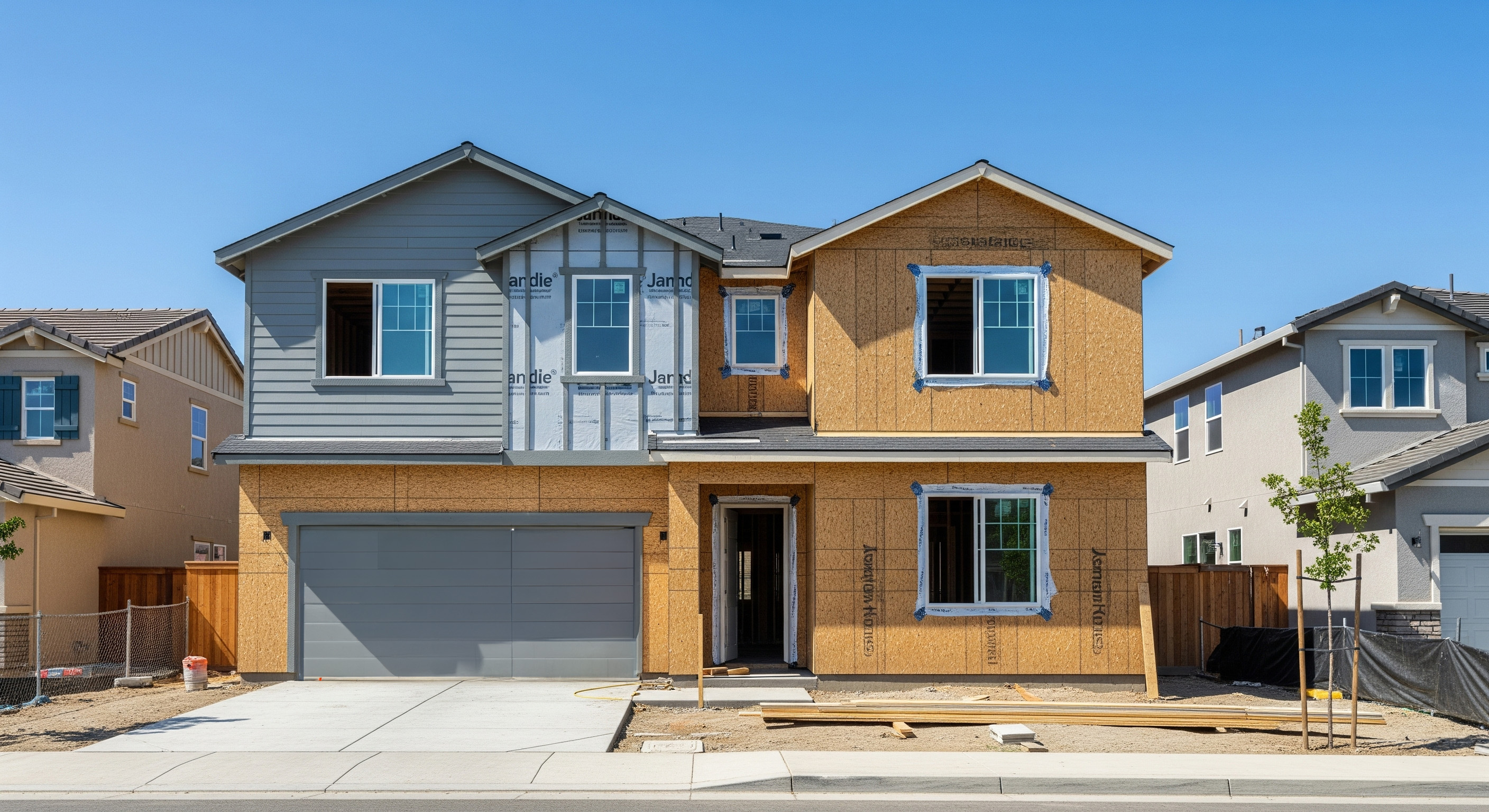
Pros of OSB Sheathing
Cost-Effective
Compared to other materials used for sheathing such as plywood, Oriented Strand Board (OSB) is much more cost-effective. It provides a high-quality product at a substantially lower price point. This savings can then be passed onto the consumer or reinvested into other areas of the project.
Versatility
OSB is a versatile material that can be obtained in a variety of thicknesses and sizes. This makes it suitable for a wide range of applications, from walls and roofs to floors. Its versatility also extends to its compatibility with various types of insulations, vapor barriers, and house wraps.
Environmental Friendliness
OSB is made from small, fast-growing trees, allowing for more efficient use of forest resources. The manufacturing process of OSB also generates less waste as compared to plywood; nearly 95% of the log is used in the production of OSB.
Strength and Durability
OSB sheathing has a consistent density across the panels, providing uniform strength and impact resistance. When installed correctly, it is less likely to warp or delaminate, providing a resilient sheathing choice that can handle severe weather conditions and heavy loads.
Ease of Installation
Due to its consistent sizes and symmetrical shape, OSB sheathing is relatively easy to install. It reduces the time taken to measure, cut, and fix the sheathing. Also, fewer tools are generally needed for OSB installation, simplifying the construction process overall.
Cons of OSB Sheathing
Moisture Sensitivity
One of the significant drawbacks of OSB sheathing is its susceptibility to water damage. While it is durable under dry conditions, OSB can swell and discolor when exposed to moisture over a prolonged period. This means it may require additional waterproofing measures or close monitoring in moisture-prone areas.
Lower Aesthetic Appeal
OSB sheathing does not have the same visual appeal as natural wood or other sheathing materials. The mixed pattern of compressed wood chips can be viewed as unattractive, especially in applications where the sheathing would be visible.
Difficulty in Fastener Retention
OSB tends to have less screw withdrawal strength than plywood. Screws or nails may not hold as tightly in OSB, particularly in the board's edges. This can be an issue in applications where secure fastening is critical.
Weight
OSB panels are typically heavier than plywood panels of the same thickness. This can make them slightly more difficult to handle and install, particularly in large sizes. It may also increase structural load.
Less Breathability
OSB sheathing is notably less breathable than some alternatives, like plywood. As a result, it can trap moisture within the structure, potentially leading to problems with dampness, condensation, and mold growth.
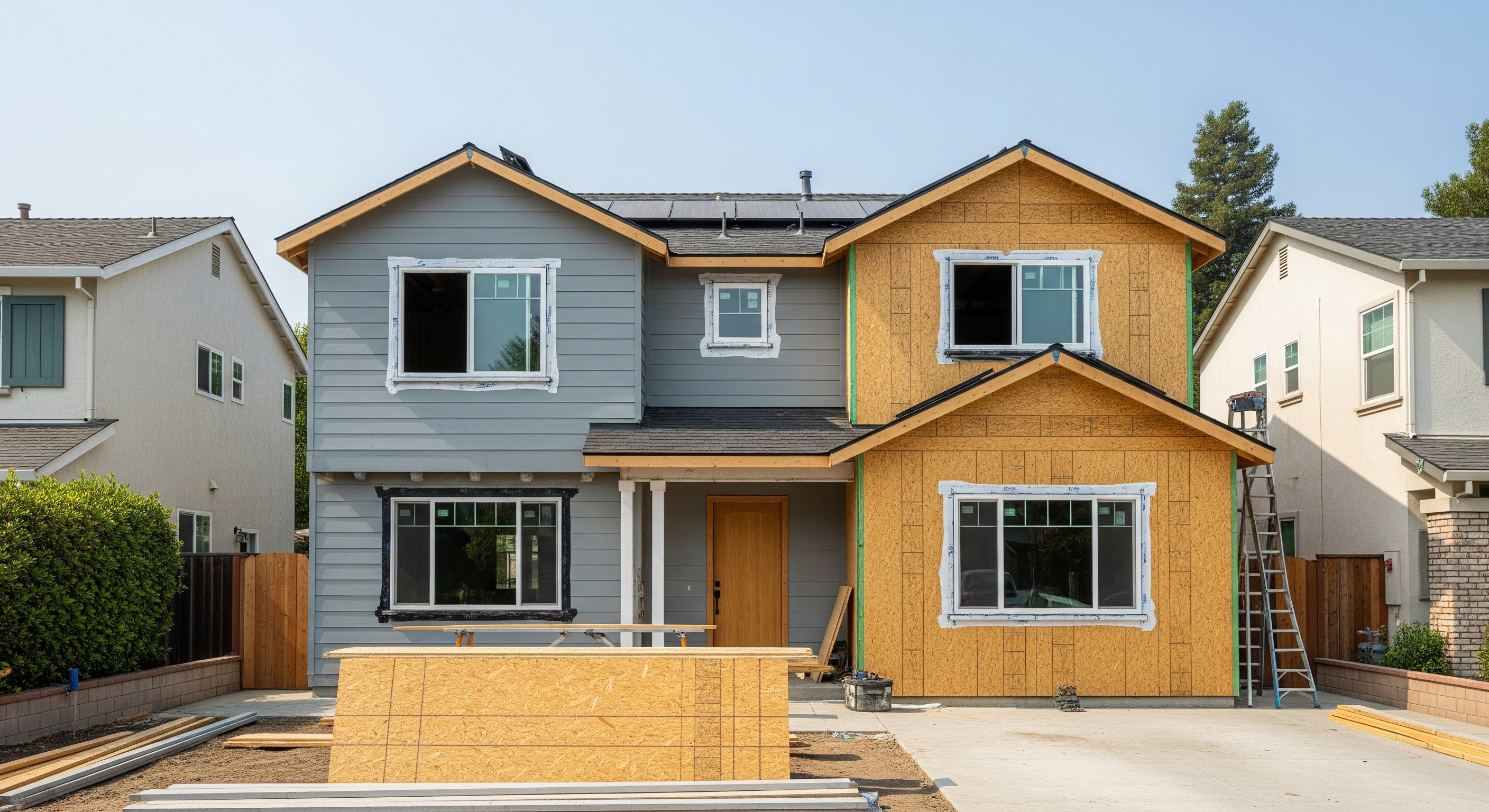
Myths/Misconceptions about OSB Sheathing
Oriented Strand Board, better known as OSB, is a popular type of engineered wood panel that is commonly used in construction for wall and roof sheathing. Despite its widespread use, many myths and misconceptions surround this material. Let's delve into debunking some of the most common ones.
OSB Sheathing is Inferior to Plywood
One of the most common misconceptions is that OSB is inferior in quality compared to plywood. This stems from early versions of OSB, which were indeed known for their lower quality. However, manufacturing processes have greatly improved since then. Modern OSB is now just as strong as plywood, sometimes even stronger. Both are used interchangeably in construction projects, and the choice often boils down to personal preference or price point.
OSB Can't Handle Moisture
Another common myth is that OSB sheathing can't handle moisture as well as its counterparts. Some people assert that OSB swells and disintegrates when it comes into contact with water. While it's true that OSB can swell if it soaks in water for an extended period, it's rare for this to occur under normal circumstances in a building. OSB sheathing is engineered to withstand typical exposure to moisture during construction. Moreover, most modern OSB sheathing is now treated with water-resistant chemicals to further enhance their durability.
OSB Sheathing is Not Eco-Friendly
There's a prevalent belief that OSB isn't environmentally friendly because it's made from smaller wood chips and synthetic resins. The truth is, OSB actually supports environmentally-conscious construction because it makes use of small, fast-growing trees that might otherwise go to waste. Many producers of OSB also take care to source their wood from sustainable forests. Furthermore, the resins used in OSB production are increasingly being replaced with more eco-friendly alternatives.
OSB Sheathing has Poor Insulation
Some people believe that OSB sheathing provides poor insulation compared to other materials. However, the insulation value of a material is typically measured by its R-value, which stands for 'thermal resistance'. In this respect, OSB and plywood are almost identical, with R-values that are essentially the same. The crucial factor in a building's thermal performance is not the sheathing but the insulation installed alongside it.
OSB Can Cause Health Problems
OSB has been linked to health problems due to the resins used in its construction. These resins often contain formaldehyde, a compound that can cause health issues with long-term exposure. However, OSB produced today is subject to strict regulations about formaldehyde emissions. In fact, many types of OSB on the market are now labeled as 'formaldehyde-free'.
OSB Sheathing is Difficult to Install
Some DIY enthusiasts have the misconception that OSB sheathing is more difficult to install than other types of sheathing. This couldn't be further from the truth. OSB panels come in large sizes, making it easier to cover large areas quickly. Moreover, with properly-sized sheathing nailers or screws, you can easily attach OSB to the framing of a house.
In conclusion, many myths and misconceptions about OSB sheathing stem from outdated information or misunderstanding. When making decisions about building materials, it's important to do your own research and rely on up-to-date, factual information. OSB sheathing is a versatile, affordable, and reliable material, and when used correctly, can definitely hold its own against other types of sheathing in the construction industry.
Summary
So, there we have it. OSB sheathing is an excellent product when it comes to adding stability and durability to building structures. Its ability to withstand high impact loads, provide consistent and even support, and its resistance to moisture damage make it a top choice amongst contractors. It’s a budget-friendly option that doesn’t compromise on quality, ensuring you get great value for money.
In the big world of construction, OSB sheathing stands out as a fantastic choice. It’s not just about the affordability, it's also known for its incredible strength and adaptability. Suitable for a wide range of building projects, it's no wonder it has become a builder's go-to product. The durability, consistency, and the resilience make it a solid choice, literally and figuratively!
Let's talk versatility too! OSB sheathing can be used in a variety of applications, including walls, roofs, and floors. Because of this, it's fast becoming a firm favorite among builders and DIY fanatics alike. It meets and often exceeds building codes, offering high performance where you need it most. Despite the construction job at hand, you can trust in the fundamental strength and reliability offered by OSB sheathing.
About Bay Area Siding Company
Bay Area Siding Company, based in the vibrant Bay Area of California, prides itself on delivering top-tier, personalized service for all your siding needs. With years of experience under our tool belts, we're experts in beautifying and fortifying homes with highest-quality siding. From choosing the right materials to professionally installing them, you can depend on us for a hassle-free experience. Our commitment to customer satisfaction and a job well done is what drives us. At the end of the day, nothing warms our hearts quite like the sight of another well-sided home in our beloved Bay Area.
The information provided here is intended for general reference and should not be considered professional advice. Before starting any project, consult a licensed contractor. Product features, specifications, and warranties may have been updated since this was published. Any mention of brands or products reflects personal opinion and does not constitute an endorsement or warranty.

